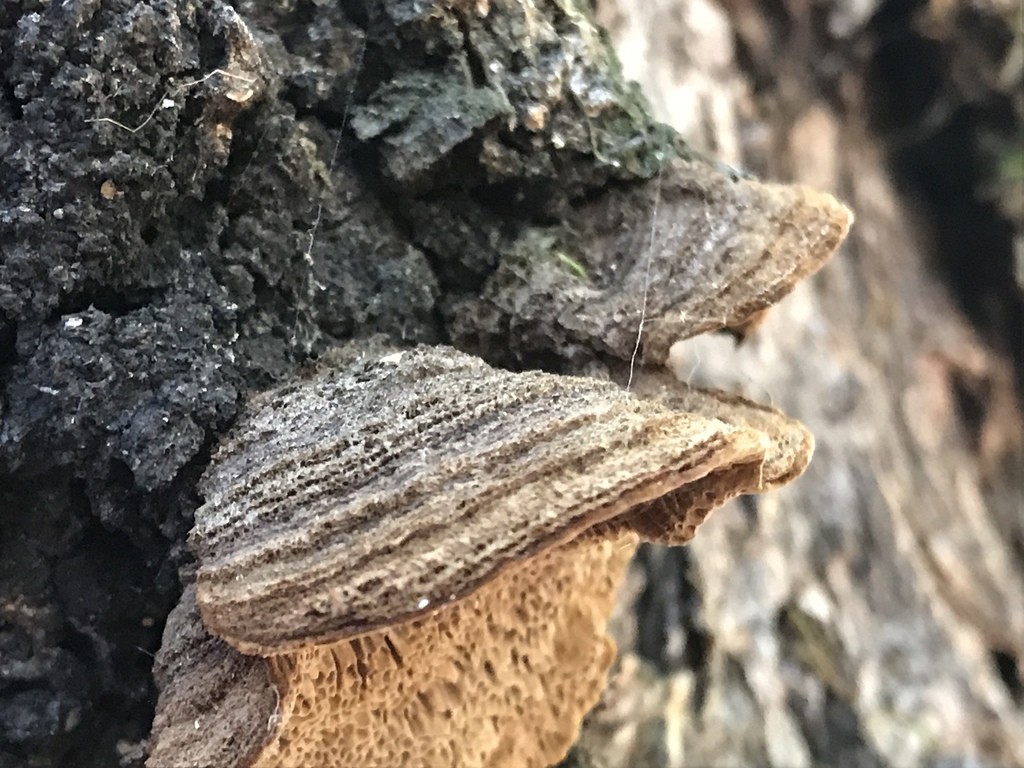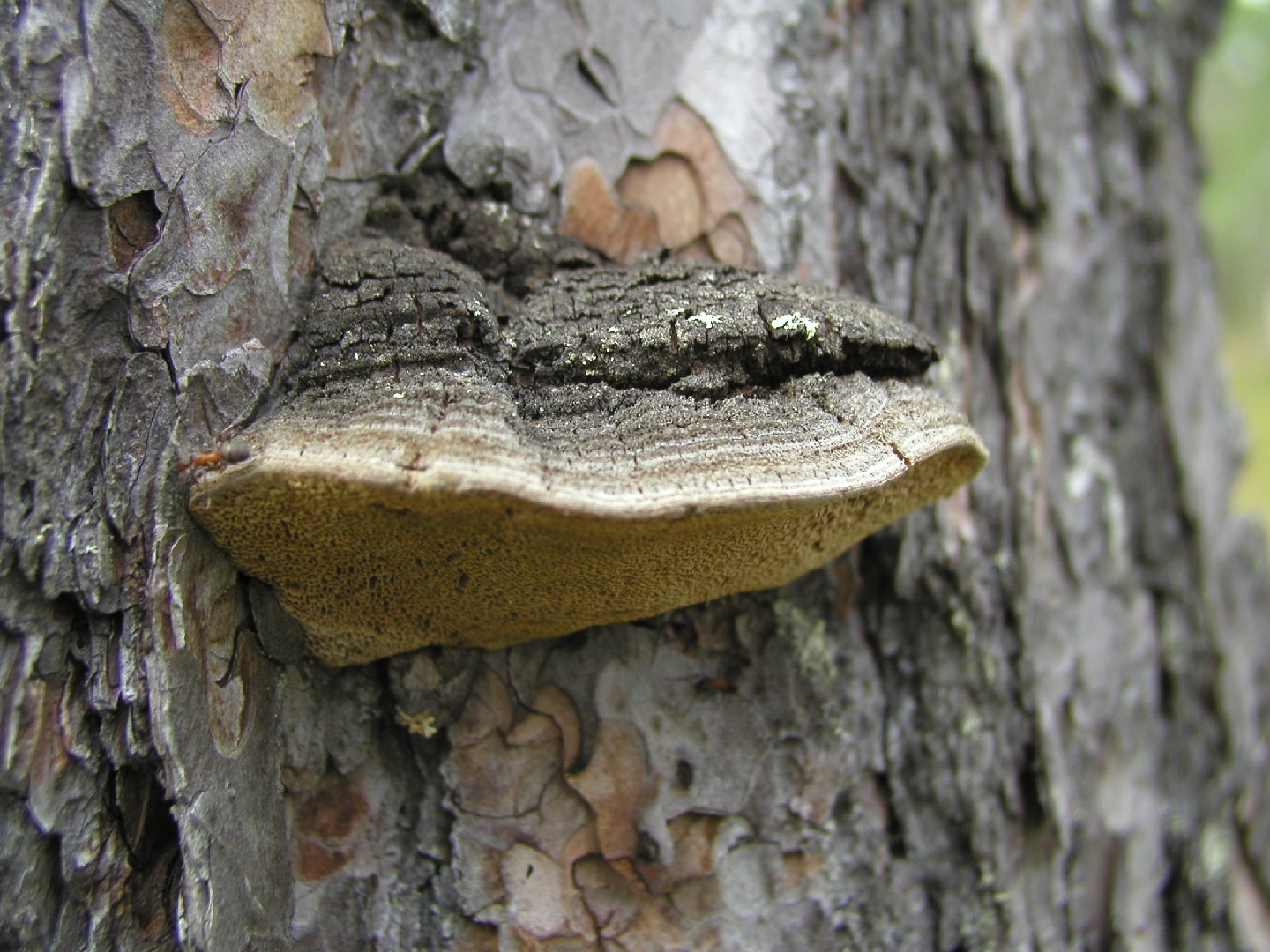Porodaedalea
Scientific name: Porodaedalea
Porodaedalea
Scientific name: Porodaedalea
 Photo By Jennifer Rycenga , used under CC-BY-4.0 /Cropped and compressed from original
Photo By Jennifer Rycenga , used under CC-BY-4.0 /Cropped and compressed from original Description
Porodaedalea are a group of fungi that specialize in decaying wood, primarily on conifers. They form shelf-like structures on tree trunks, often becoming perennial with multiple layers indicating years of growth. These fungi play a crucial role in forest ecosystems by breaking down dead wood, which recycles nutrients back into the soil. Some species within this group are also used in forest health monitoring due to their impact on tree decay.
Species of Porodaedalea
Scientific Classification
Phylum
Club fungi Class
Mushroom-forming fungi Order
Hymenochaetales Family
Hymenochaetaceae Genus
Porodaedalea 